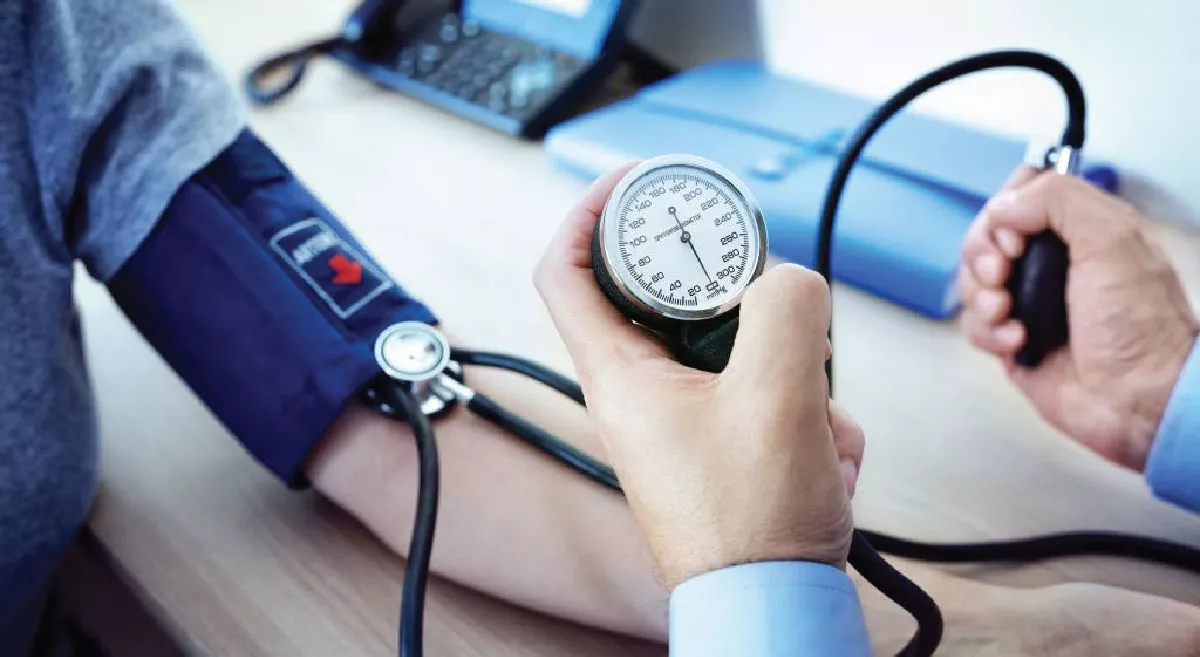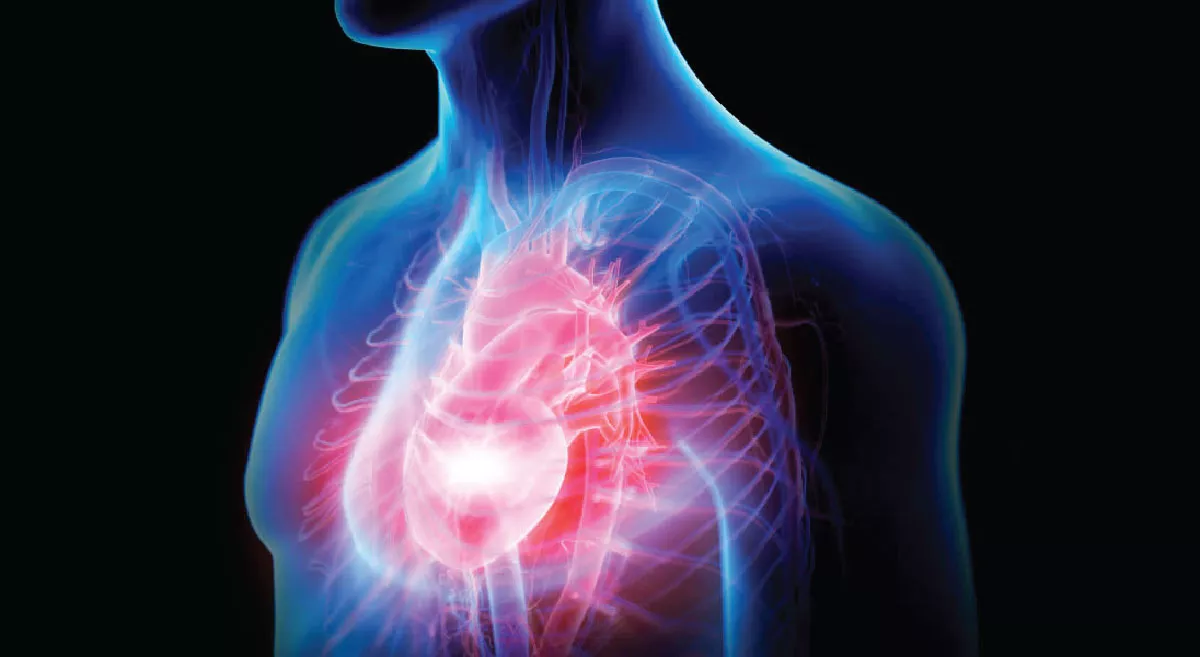Background
Blood pressure is the force of blood pushing against the walls of your arteries as your heart pumps. Normal blood pressure for adults is about 120/80 mmHg. Hypertension, or high blood pressure, occurs when this force is consistently too high, at 140/90 mmHg or higher, putting extra strain on your heart and blood vessels. Many people learn about these risks when visiting a Heart Hospital in JP Nagar Bangalore for routine check-ups or evaluations.
Disease burden
According to the World Health Organization's 2023 report, an estimated 128 crores adults are affected by hypertension globally. Shockingly, only half of them (46%) are unaware of their condition. Additionally, less than half of those diagnosed receive proper treatment, and only 1 in 5 have their blood pressure under control.
In India, the scenario is no less alarming. A cross-sectional survey revealed that over a quarter of Indian adults have hypertension. However, the diagnosis and treatment rates are strikingly low, with only 1 in 3 diagnosed, less than 1 in 5 receiving treatment, and just 1 in 12 achieving blood pressure control.
Causes
High blood pressure, is influenced by a combination of non-modifiable and modifiable risk factors. Non-modifiable factors, such as a family history of hypertension, age over 65 years, and co-existing diseases like diabetes or kidney disease, predispose individuals to hypertension and cannot be changed.
On the other hand, modifiable risk factors include unhealthy diets characterized by excessive salt consumption, diets high in saturated fat and trans fats, and low intake of fruits and vegetables. Physical inactivity, consumption of tobacco and alcohol, as well as being overweight or obese, also contribute significantly to the development and progression of hypertension and can be altered through lifestyle modifications.
Risk factors identified among Indian patients include progressing age, alcohol consumption, smoking and chewing tobacco, high BMI, central obesity (waist circumference >90 cm in men and greater than >80 cm in women), low consumption of vegetables/fruits, high consumption of dietary fat and salt, and sedentary activity. Increased stress levels due to modern lifestyles also play a significant role in the rising prevalence of hypertension in India. Many individuals seek guidance from experienced Cardiologists in JP Nagar Bangalore to understand and manage these risks effectively.
Symptoms
Hypertension often presents without symptoms, but very high blood pressure can lead to headaches, blurred vision, chest pain, dizziness, difficulty breathing, nausea, vomiting, anxiety, confusion, buzzing in the ears, nosebleeds, and abnormal heart rhythm. Regular blood pressure checks are essential to understand your risk of developing hypertension and seek treatment in time. Seek immediate care if you experience any of these symptoms alongside high blood pressure. While automated devices can measure blood pressure at home, consulting a healthcare professional is vital for accurate assessment and managing associated risks.
Treatment
- Typically involves lifestyle modification and if necessary medication
- Lifestyle modification mainly includes health diet rich in fruits, vegetables, whole grains, low cholesterol, low saturated fats and low sodium.
- Daily moderate exercise for 30 min, maintaining healthy weight, quitting smoking and reducing alcohol intake and stress management also equally important
- If these measures are not able to control then medications are necessary
Conclusion
Hypertension stands as the leading risk factor for global mortality and contributes to half of all heart disease and stroke-related deaths worldwide. Aptly termed "the silent killer," hypertension often operates stealthily, devoid of noticeable symptoms. This stealthy nature underscores the critical importance of proactive screening and management. By raising awareness, promoting regular blood pressure checks, and prioritizing lifestyle modifications, we can combat the silent threat of hypertension and strive towards a healthier, heart-conscious future for all.











